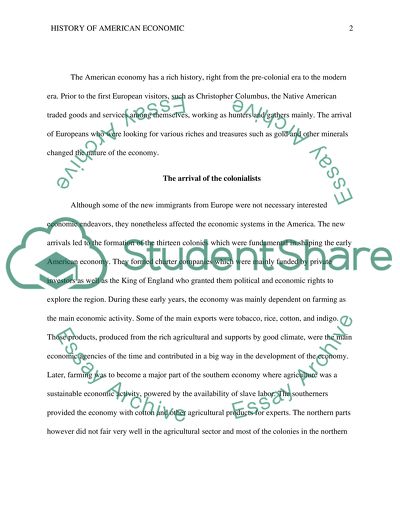Cite this document
(“The Role and Powers of the Presidency Term Paper”, n.d.)
The Role and Powers of the Presidency Term Paper. Retrieved from https://studentshare.org/history/1629328-the-role-and-powers-of-the-presidency
The Role and Powers of the Presidency Term Paper. Retrieved from https://studentshare.org/history/1629328-the-role-and-powers-of-the-presidency
(The Role and Powers of the Presidency Term Paper)
The Role and Powers of the Presidency Term Paper. https://studentshare.org/history/1629328-the-role-and-powers-of-the-presidency.
The Role and Powers of the Presidency Term Paper. https://studentshare.org/history/1629328-the-role-and-powers-of-the-presidency.
“The Role and Powers of the Presidency Term Paper”, n.d. https://studentshare.org/history/1629328-the-role-and-powers-of-the-presidency.


